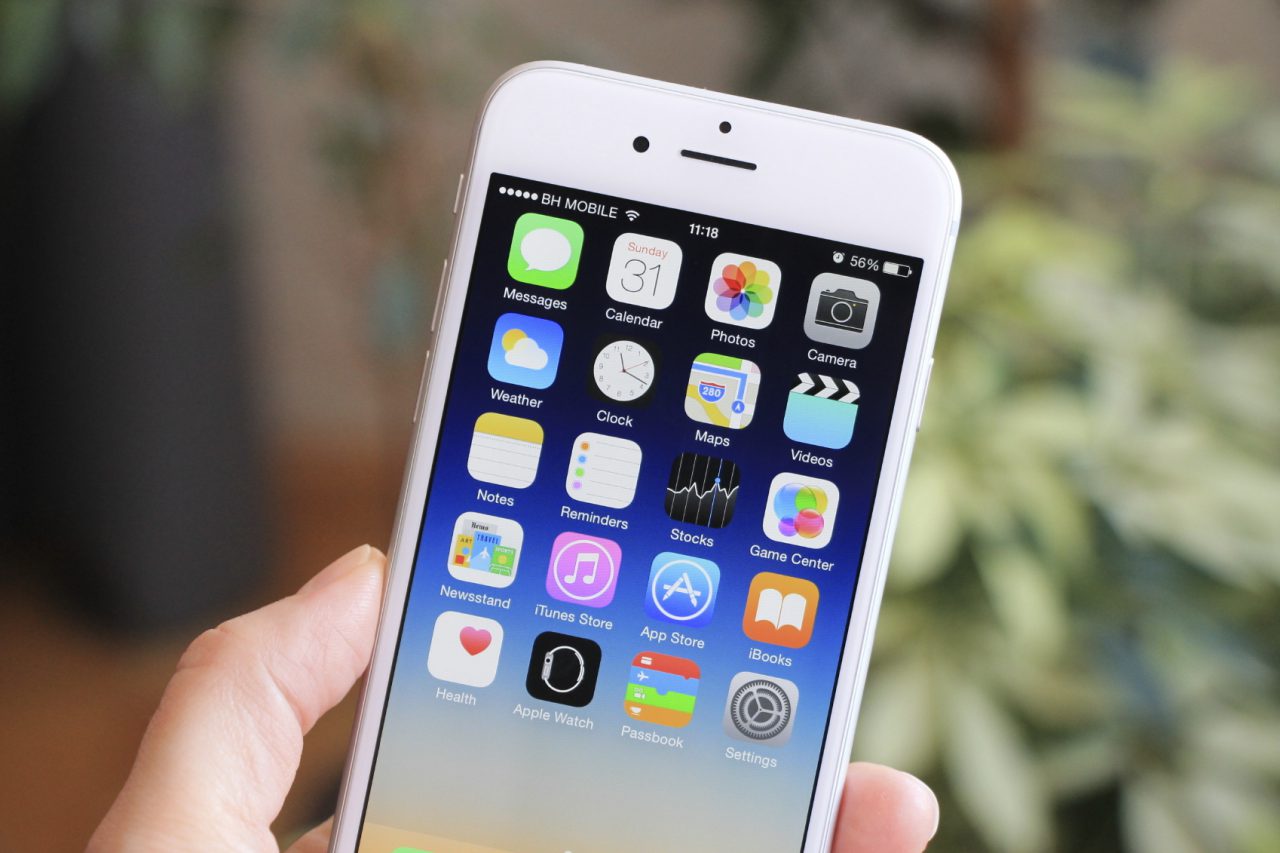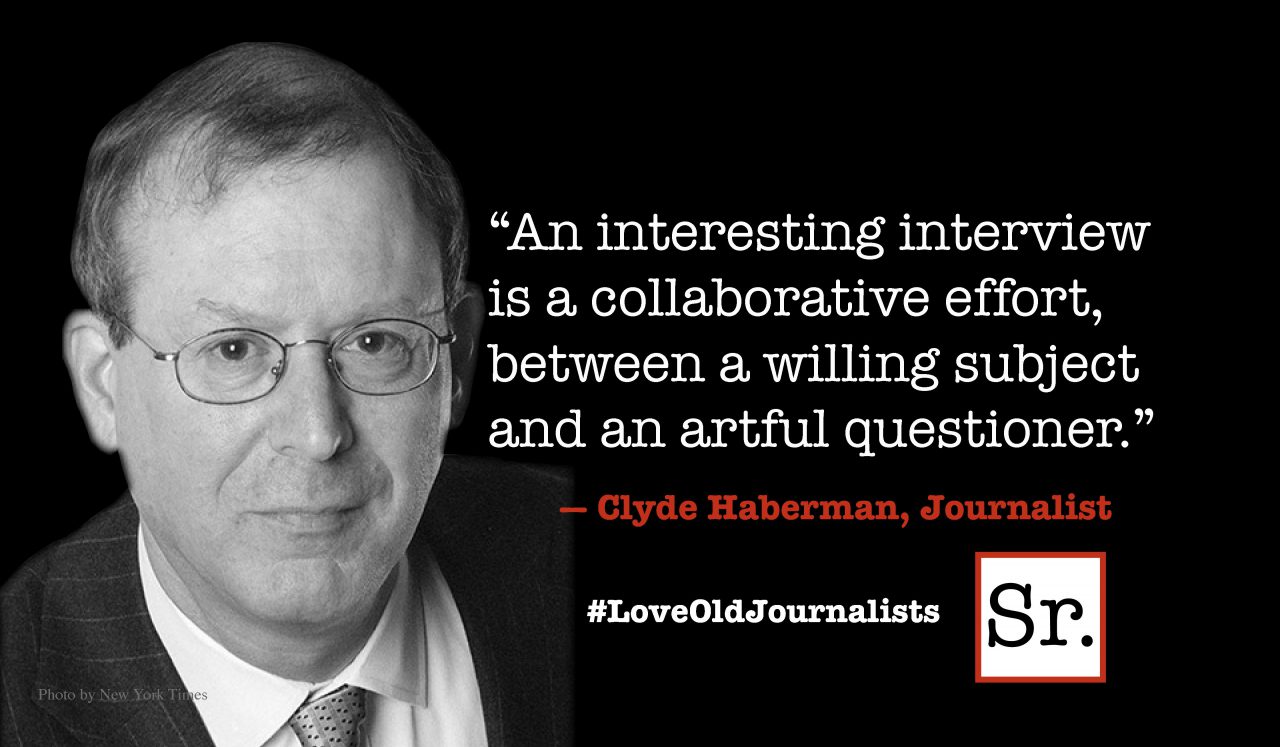He felt as if he had been suspended here forever. At least a full year for every letter in his truly impressive name: Michelangelo di Lodovico Buonarroti Simoni. And he would gladly sell all the vowels for a just a few minutes to stretch his back. Well, his back and legs. And his arms. God, yes, to get his arms below his shoulders, and let them dangle. Ah, now that would be a prayer, well worth the answering. A dozen candles, maybe later tonight when he could finally clamber down. And what was he doing here anyhow, flat on his back, high above the floor of the Sistine Chapel, arm and brush reaching awkwardly toward the ceiling? He was a sculptor for god's sake.
Muffled but familiar footsteps echo on the marble floor far below and remind him of the answer: His Holiness Pope Julius II walks in and cranes his neck to peer up into the gloom. "Hey, Mikey!," he hollers, "Mikey! Hold everything! I've got this new gizmo — you're gonna love it. It's called an air brush."
Fast forward three and a half centuries, and hop the ocean to Amherst, Massachusetts. Emily Dickinson is, as usual, holed up in her bedroom in the family home. She gazes out the window at the snow-draped countryside. The soft white glove on her right hand lacks most of the thumb and the first two fingers. They have been trimmed away to give Emily a better grip on her well-worn pen. The rest of the glove is liberally spotted with ink. She dips the nib of her pen into the inkwell, scratches out a word on the page before her and deftly inserts another. She stares at the page for a moment or two, then sits back and returns her gaze to the white world beyond the frosty pane. Her mother, also named Emily, but so unlike her daughter, slips quietly in and glances with resignation at the evidence of yet another sacrificed pair of gloves. "Maybe," she thinks briefly, "she could wear some of the left-handed ones backwards." But then she gives her head a shake and crosses to where her somber daughter continues her inspection of the cotton-cloaked world outside. Emily the Elder is carrying a large, heavy box in her arms, which she rests gently on the edge of the young poet's desk.
"Emmy dear," she murmurs. "I know you love your ink and paper and pens. But you might want to give this a try. They call it a typewriter."
I, for one, am hugely grateful that these scenes have played out only in my imagination. I've been fighting a cold — maybe it was the NyQuil. Still, I wonder what would have occurred had Mikey had an airbrush? If Emmy had had a Remington or an Underwood? I'm afraid we would have gotten more art, faster, and of questionable quality. And I am also afraid that there is a cultural dynamic alive and well in the 21st century that is nudging us down that slippery slope. I refer, of course, to the iPhone6. Well, not really to just that phone, but rather to the narrative constructed in the tv commercial for the phone. The commercial, which begins with the tongue in cheek assertion that nothing much has changed with the new phone, gradually unrolls a staggering list of new capabilities and features. The commercial ends with a bevy of youngsters who appear to be about the age of my university students — except for those who seem to be in middle school — holding their phones skyward, awe etched on their faces as the voice over intones something like, "Nothing has changed in the iPhone 6 — except everything!"
Hey Mikey! Want an airbrush? Want to try the new Remington, Emmy?
It is that forced change in a dominant medium that most concerns me. We have all experienced the phenomenon to a certain degree when a piece of software that we use daily decides to change. It can be something as pervasive as a operating system, or something as specific as the user interface on your email. The effect is the same; suddenly something that was second nature now has to be relearned. One's attention is forced away from the task the tool performs and must be refocused on learning how to tame the tool so we can once again have it do our bidding.
For artists the transition can be tragic. The task of any artist is the liberation of an internal perception. Taking that which is inside and somehow recreating it in the outside world so that others may, to a certain degree, share the perception. Central to that process is becoming adept with a series of tools; be they pens, brushes, chisels, keyboards, a specific musical instrument, whatever. Step one for any fledgling artist is to learn the craft necessary to their preferred form of expression. Truly insightful art lovers enjoy nothing better than observing that process of maturation, seeing a young savant round into a mature, creative artist. Mathematics seems to be the only field in which practitioners do their best work when young. Far more common is the gradual growth of the creative talent whose external expressions become deeper and richer as the artist's mastery of his or her tools keeps pace with a deepening internal vision.
So, the tragedy for the artist can be that moment when "everything changes." The tool with which they were intimately familiar becomes a stranger, and an entirely new creative courtship must begin. I am, at best, a part time artist. But I have become quite adept with Photoshop at a moderate level. Still, if someone asks me "How do you do this or that in Photoshop?" I cannot "tell" them. I have to show them. I have to sit down in front of my graphics tablet, take my stylus in my hand, balance the keyboard on my knee, and let muscle memory take over. My fingers find the right key combinations, the stylus knows the where it needs to go to perform the tasks my head envisions. It is an intimate partnership. When "everything changes" the partnership is dissolved. The primary task is no longer making the internal visible, the mandatory new task — and often one that is months long and tedious — is re-establishing that intimate relationship with the tool. Only then can the primary task of making the internal perception external be once again addressed.
The problem, however, goes beyond this contention that changing an artist's tools can retard their expressive development in their chosen medium. The problem extends to the very different and competing agendas held by artists and the companies who, increasingly, provide their tools. The objective of the artist is, again, making an internal perception accessible to others. The objective of a company is to make money. And Apple is very, very good at making money. Furthermore, a staggering portion of that revenue, between 60 and 70 percent, comes from the iPhone. Apple needs to keep selling iPhones. They do that in large part by introducing new features — by changing the tool. They keep old customers and hope to attract new ones by "changing everything." The attraction for the customer is to the expanded capabilities of the tool, to how the tool is new and different. That is not an intimate relationship. That is speed dating.
And Apple is certainly not alone. Everyone in the digital marketplace is playing the same game. Adobe, the company that makes Photoshop, follows suit with new features for the high-end graphic artist segment of the marketplace by increasing the power of both Photoshop and Illustrator. Those changes are the major reason that I stay in the shallow end of that particular pool. Video recording, editing, and distribution software like After Effects and Mediasite, Learning Management Companies like Moodle and Blackboard, "information management" companies like Evernote, even old stand-bys like Word; they are all "changing everything." The corporate marketing focus becomes a radical increase in power of the tool, not the logical, gradual development of the artist.
My concern? As I said before, I worry that we will simply get more art, faster, and of questionable quality. But I do not think it is an irreconcilable divide. Perhaps it is simply a question of emphasis. Japan has a designation of "national living treasure." The high honor of that title is bestowed upon someone who has spent a lifetime mastering a craft or an art form. It is encouraging that Japan, home of Hello Kitty and often the epicenter of the quick and the kitch, still manages to designate as "living treasures" these artists who have spent a lifetime mastering their tools and using those tools to make their internal perceptions accessible to us all. It is not an “either-or” mindset, it is more a “both-and” view of the world.
We can do that too. After all we are the country that can share a simultaneous fascination with stalking the McRib at McDonalds restaurants across the landscape, while also embracing the slow food movement and supporting all things organic and vegan and gluten free. Given that cultural flexibility, one would think that our tech companies could see both a cultural and a monetary advantage to building “both-and" creative products. Software that can “change everything” but can also "default to the original version.” Applications that can still "change everything" without destroying and failing to support the old. Seems like a fairly easy coding exercise. After all, the old code is all still there. Why throw the baby, that some customers still love and some artists depend upon, out with the bath water?
And there is, after all, some risk attached to "changing everything."
Remember New Coke?









